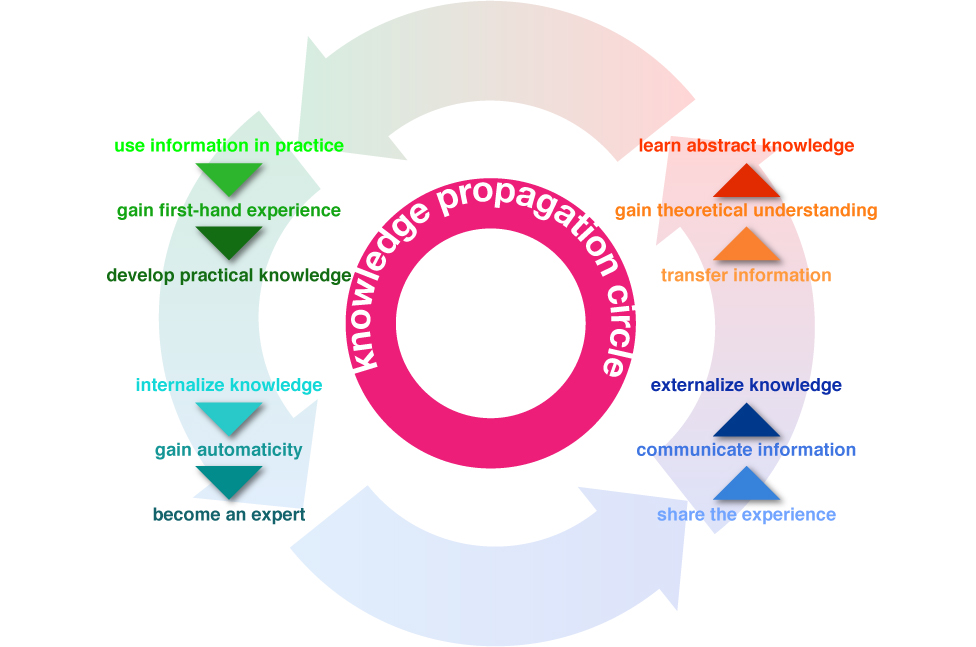You know your product is succeeding with its users when, within days of its launch, they write love songs to your work. Check out this love ode to Siri, Apples latest interface update.
Tag Archive for mental models
Anchoring Errors, Conceptual Design, Mental Model Traps, Pipsqueak Articles, Product Design Strategy
Innovation 2.0
by Olga Werby •

In my book on product design, Interfaces.com, I talk about a shift from evolutionary product design to the current model of version numbering. There has been a murmur of disappointment this last week when Apple issued iPhone 4S instead of the expected iPhone 5. The new features of iPhone 4S are exciting, new, and unexpected (think Siri). So what’s the problem? Is it really that the version number is too low for our expectations? In the days of yore, no one has ever heard of version numbers. What hammer do you own? Is it version 1.0 or 5.0? Do you care? We have many different types of hammers in our garage, but we don’t think of them in terms of version numbers, rather we focus on what they were designed to help us do: hammer a nail in the wall; pull out a nail; tack in the a little staple in the floor boards; create a hammered copper art piece. Each task requires a different approach and a different tool. And each tool was carefully and systematically honed to perfection by thousands of years of human use: from stone hammers to our tools in the garage a continuous progression of…
Anchoring Errors, Cognitive Blindness, Conceptual Design, Cultural Bias, Cultural Differences, Ethnographic & User Data, Mental Model Traps, Mirroring Errors, Pipsqueak Articles, Product Design Strategy
The Cultural Context for Product Design
by Olga Werby •

Nothing exists in isolation. Design divorced from the context in which the product is used is of little value to its audience. Cognitively, this makes sense—most designers agree that they have to consider the environment, culture, and situation as part of the process of developing a new product (or redesigning an old one). But practically, context and culture get little play in design meetings. This post is aimed at relieving some of designers’ mirroring errors—helping see alternate ways their products might be used in the real world. Enjoy! Cultural Difference in Car Use: livestock Cultural Difference in Car Use: large loads Cultural Difference in Bike Use: large loads Notice the little bike on the left… Cultural Difference: people movers
Background Knowledge, Background Knowledge Errors, Causal Net Problems, Cognitive Blindness, Conceptual Design, Cultural Bias, Cultural Differences, Ethnographic & User Data, Featured, Group Decision Errors, Mental Model Traps, Mirroring Errors, Pipsqueak Articles, Product Design Strategy
Community of Practice and Knowledge Propagation Circle
by Olga Werby •

This summer my family and I travelled to Rome. While the temperatures didn’t reach the usual astronomic heights, it was rather warm. But we, and other visitors, didn’t have to worry about thirst. Rome has the best network of public drinking fountains that I have ever seen. Every few blocks, there’s a beautifully-designed basin with a spigot of continuously running water (I know, being from California, the never-ending stream made us very uncomfortable, too). There are two bits of information that have to be passed on to the first-time visitors of Rome: the water is potable—safe to drink, and how to use the fountain—there’s a bit of a trick to them. Above is my son demonstrating a little secret interaction. There’s a small hole on the top of the pipe that can serve as drinking fountain if the main hole at the end is plugged up (with a finger). While we learned about the great drinking water in Rome from many traveling guides (books, online sites, etc.), we obviously didn’t know about the trick until we watched a pro do it. Knowledge Propagation Circle Information propagates through communities. When we first encounter a novel bit of data, it tends to…
Background Knowledge, Conceptual Design, Cultural Bias, Cultural Differences, Ethnographic & User Data, Pipsqueak Articles, Product Design Strategy
Cultural Differences from the 4th Dimension: Time
by Olga Werby •

Some cultural differences are brought to you by geographic distances, but some derive their wonderful exotic qualities from temporal separation. The ads below are all American…just from a different America—America of yesteryore. Role of Women What wives are for? Make her happy this Christmas—make it a hoover! Blow smoke in her face, she’ll love it! Go ahead and cry for it… Housework makes wives cute! Housework makes wives healthy. Healthy Kids Beer for mommies and babies… Give that baby a cola! Give your children the benefit of TV. Healthy You! Give cocaine a chance… Doctors prefer Camels. For a slimmer, flatter, more sinuous you, go with tape worms!
Attention Controls Errors, Background Knowledge Errors, Long Term Memory, Mental Model Traps, Metaphor Mistakes, Perceptual Blindness, Pipsqueak Articles, Working Memory
p-Prims about Memory
by Olga Werby •
Memory can be tricky—somethings seem to come to mind without bidding, while others are stubbornly evading our efforts at recalling them. We have many explanations for how and why somethings are easy to remember and others take so much effort; or why some people are very good at mnemonic feats and others not so much. Many of these mental models of how memory works are faulty (or simply not true) and are based on folksy wisdom passed from one generation to the next. Some of these wisdoms involve tricks for remembering things. For example, my Russian grandmother suggested tying corners of handkerchief to aide memory—if you notice a knot on the corner, you know that there’s something you supposed to remember. Since I don’t carry a handkerchief, I use my rings for the same effect—move a ring from finger to another (where it typically doesn’t belong) and then at least I know that should be keeping something in mind. Of course this strategy does nothing to help you remember what it is you are supposed to remember, but that’s another problem. So I thought to put together a little list of memory-related p-prims—a set of beliefs—that are common in our culture. Below,…
Background Knowledge, Background Knowledge Errors, Causal Net Problems, Cultural Differences, Mental Model Traps, Pipsqueak Articles, Users
p-prims can be dangerous
by Olga Werby •

Some p-prims are harmless, but some can lead to serious bodily harm. The image above shows villages in Indonesia lying on an electrified railway track. Why? They believe this will improve their health. Their p-prim has to do with medicine: “electricity can cure some diseases.” This is not totally untrue, as is the case with all p-prims. Ultrasound therapy helps heal certain muscle strains, and the ultrasound machine runs on electricity. Heat lamps are also commonly used therapeutically. And they too require electricity. There are many, many other examples. It’s easy to explain how such folksy wisdom gets passed around the community. The problem with this particular p-prim is the resulting decisions that people make based on their beliefs in the curative power of electricity. How would a poor farmer in Rawa Buaya, outside Jakarta, get electricity? The most accessible source is this railway track. A tragedy is only a train away…
